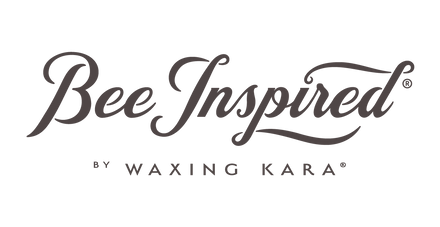I created these five beekeeping tips for my friends @Martha Stewart.
1) Bee careful what you wish for. I find often that friends who want to get into beekeeping don't have any idea what they are wishing for. The romantic notion of bees buzzing through a flower garden with free-flowing honey and next to no hive care is nothing more than a fantasy.
Beekeeping is hard work. It requires planning, study, community support, and quite a bit of investment -Not to mention the hot, sticky, heavy, and sometimes frustrating nature of the work. Before you start, find a beekeeper to shadow for your first season. Only hands-on experience will give you a real feel for what's involved in beekeeping.
2) Hide your hive. Bees thrive in protected areas. The less exposure they have to the elements, the better. Full or part shade is ideal. In my apiary, the bees shielded from wind and hot southern sun, furthest from the Chesapeake bay, are doing their best.

3) Bees are notorious for flying the coop. When bees outgrow their living quarters, they find a new place to live. I had a very prolific and productive group of girls this year — which turned into an earlier-than-expected reduction in the workforce. If you aren’t checking in every 10 days after installing your bees, you run the same risk. I believe I would have produced quite a bit more honey this season if I had been watching more closely.
4) Bee at Peace. I can be a real worrier, and in previous years, I found myself phoning seasoned beekeepers regularly with questions. Did they have enough food? Were they doing what they were supposed to do? This year, I stopped. I decided that I would do my best and not worry. I found peace of mind in knowing that I had three years of planting acres and acres of wildflowers behind me. Worry doesn’t help progress. Ever.

5) Think outside the hive. What works for other beekeepers won’t always work for you. Don’t believe everything you read on the Internet -- and realize that if you ask five beekeepers the same question, you may walk away with six answers.
There's no remedy beyond knowing that's there's no "right" or "wrong" way. Take it all in, and try one or two things that make the most sense. Experience will reveal what works best for you. A few things that have helped me: Start with used, healthy hives that have been inspected prior to purchase and inspected by your local bee inspector. The more that you can acquire with drawn comb the better; practice pesticide-free farming; purchase packaged bees from a reputable grower and not a factory, and surround yourself with high-pollen flowering plants and trees.

The flowering plants and trees on our farm include pear, apple, lavender, honeysuckle, sage, clover, sunflower, and lots of wildflowers and perennials. We call our artisanal honey "Spring." It is complex and delicious.


